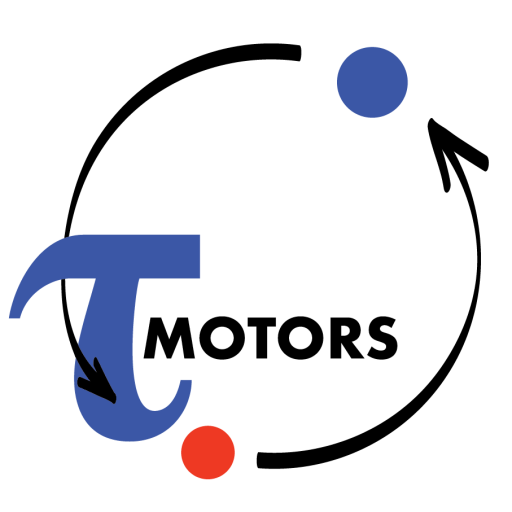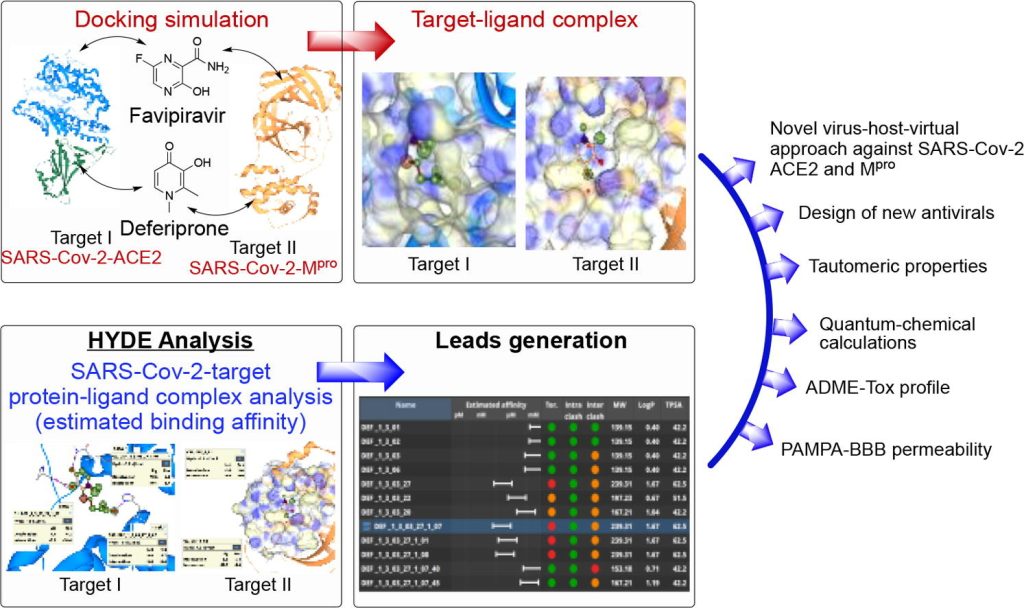Tautomeric machinery, switching and sensing systems
The derivative spectroscopy is a fast and intuitive method for estimation of the number and the positions of the bands in various branches of molecular spectroscopy (UV-Vis-NIR, IR/Raman, CD). In addition – it has substantial importance in the pharmaceutical spectral analysis and it is an integral part of the treatment of NIR data.
However, both the shape and the informativity of the derivative spectra crucially depends on the way of recording of the zero-order spectral curve. In the older instruments (prism monochromator) the measured spectra are function the energy (wavenumbers), while in all modern instruments (grating monochromator) the measured absorbance is linear to the wavelength scale. The change of the scale from wavenumbers to wavelengths leads to rising asymmetry of the energetically symmetric absorption bands. As a result, the instrumentally obtained derivatives from spectra recorded linearly to the wavelength scale, attenuate in the long wavelength region.
We have developed a procedure, called “Step by step filter” (SBSF), which avoids this attenuation and provides derivative spectra with good signal-to-noise ratio even at low smoothing window.
Below an example, showing the advantages of the Step by step filter is given. Using the same absorption spectrum (a) derivative curves are calculated by means of Golay-Savitzky method (b,d) and Step by step filter (c,e). Even at the second derivatives the attenuation of the Golay-Savitzky curve is evident. In the case of the fourth derivatives the long-wavelength bands can be detected only by using Step by step filter.

Basic papers:
-
Approach for increased information from the second-derivative spectra in UV-Vis absorption spectroscopy. L.Antonov & S.Stoyanov; Applied Spectroscopy, 47, 1712 (1993)
-
Step by step filter – an approach for noise reduction in the derivative UV-Vis spectra. L.Antonov & S.Stoyanov; Analytica Chimica Acta, 324, 77 (1996)
-
Drawbacks of the present standards for processing absorption spectra recorded linearly as a function of wavelength. L.Antonov; Trends in Analytical Chemistry, 16, 536 (1997)
-
Fourth derivative spectroscopy – a critical view. L.Antonov; Analytica Chimica Acta, 349, 295 (1997)
-
Step-by-step filter based program for calculations of highly informative derivatives curves. V.Petrov, L.Antonov, H.Ehara & N.Harada; Computers & Chemistry, 24, 561 (2000)



